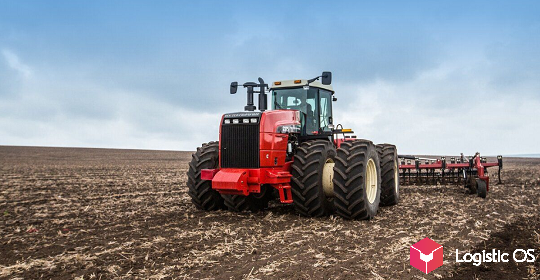The USDA Foreign Agricultural Service has revised its forecasts for Russian exports by 0.5 million tonnes. The current forecast is 39.5 million tons.
It is possible that this is due to the fact that winter crops in Russia, as expected, showed a good percentage of survival and germination after winter.
Thus, Russia with its indicator of 39.5 million tons is still “ahead of the whole planet” and is ahead of its competitors:
EU — according to forecasts, exports will not exceed 27.5 million tons.
USA and Canada — 27 million tonnes.
At the same time, Russian experts are also full of optimism.
For example, the chairman of the board of the Union of Grain Exporters Eduard Zernin believes that Russia can easily cope with the level of exports of 46.5 million tons of grain this year.
And this, according to him, is not the limit. The performance could be even better if it were not for small exporters who received a quota, but are unlikely to use it.
Elena Tyurina, director of the analytical department of the Russian Grain Union, announces similar figures: in her opinion, Russia will export 48 million tons of grain in 2021, including:
Wheat 38 million tons (worse forecast than the Americans).
Barley 6.3 million tons.
Corn 2.5 million tons .
Dmitry Rylko, Director General of the Institute for Agricultural Market Studies, believes that the forecast at the level of 38.5 million tons of wheat is reasonable.
He noted that it is unlikely that it will be possible to raise this bar: if it is corrected, it will only be downward.
Market participants are waiting for a further decline in prices
At present, the export of grain from Russia has almost stopped: from April 1 to April 10, 70% less wheat went abroad than last year.
This is mainly due to the fact that exporters did a very good job in January-February, selling everything they could before the introduction of duties.
At the same time, as Eduard Zernin notes, the factor of duties is no longer relevant — it has long been won back by the market.
Now we are mainly talking about the fact that a significant number of market participants are expecting a new Russian harvest.
The volume of exports and prices in world markets depend on how large it will be in the end.

